Na quinta-feira, 18 de janeiro de 2017 Nicole Etchart foi apresentado na chamada setorial da Rede Aspen de Empreendedores de Desenvolvimento (ANDE) para falar sobre Beyond the Laboratory (Além do Laboratório): Mudando vidas através de empresas de tecnologia de hardware.
Durante a chamada do setor, Nicole compartilhou a abordagem da NESsTpara lançar e ampliar empresas baseadas em invenções a fim de maximizar o impacto social de cada empresa. Nossa metodologia gira em torno dos quatro pilares das empresas de tecnologia de hardware, ou seja, conhecimento científico, empreendedorismo, foco na solução de problemas e engajamento social.
A maioria dos governos latino-americanos está elaborando e implementando políticas para apoiar a ciência, a tecnologia e a inovação, mas essas políticas têm como foco o crescimento econômico e não a redução da pobreza. NESsT realiza empreendimentos sociais baseados em invenções com o objetivo de atingir ambas as metas. Por meio de uma abordagem orientada para o mercado, essas empresas têm maior probabilidade de prosperar, pois precisam permanecer competitivas ao atender às necessidades de usuários reais.
Embora o setor esteja se tornando mais sofisticado, o principal gargalo continua sendo o acesso das empresas de tecnologia de hardware a tipos e níveis adequados de financiamento.
O processo da NESsTpara apoiar empresas baseadas em invenções começa com uma extensa diligência prévia. Depois que uma empresa de tecnologia de hardware entra em nosso portfólio, uma série de recursos financeiros e de capacitação é utilizada para maximizar o sucesso social e financeiro.
A primeira etapa para garantir o sucesso das empresas de tecnologia de hardware é a validação da tecnologia e do modelo de negócios usando métodos de inovação enxuta. Esse processo se desenvolverá de forma diferente para cada empresa e poderá revelar informações importantes, como a necessidade de transferência de tecnologia. Nem todos os inventores foram feitos para serem empreendedores, portanto, logo no início, avaliamos e formamos uma equipe equilibrada usando nossa ferramenta de talentos.
Em seguida, ao avaliar as competências da equipe empreendedora, é importante incluir líderes comunitários em posições-chave, como Inka Moss fez muito bem. Em geral, a equipe deve ser dinâmica, flexível e comprometida, pois sempre surgirão barreiras. Em um caso, o desenvolvimento de uma empresa baseada em invenção foi paralisado devido à falta de legislação biomédica necessária para a distribuição da tecnologia da empresa. NESsT e os inventores-empreendedores tiveram que mudar seu foco e envolver novos atores. Mais informações sobre o processo podem ser encontradas em Beyond the Lab, disponível para download gratuito.
Durante todo esse tempo, cada empresa precisará de acesso a financiamento, que pode ser garantido pelo trabalho com co-investidores para criar pacotes de capital adequados. Para a Inka Moss, um subsídio inicial da NESsT foi fundamental para cobrir as necessidades de capital de giro a fim de atingir o ponto de equilíbrio. Agora, a empresa está se preparando para crescer, um estágio que exigirá outro tipo de apoio e financiamento.
O Beyond the Lab destaca cinco estudos de caso para mostrar como nossa metodologia se desenvolve em diferentes situações. Em todas as situações, a tecnologia e os modelos de negócios devem ser desenvolvidos lado a lado para atingir o potencial máximo. O mais importante é que a invenção em si não levará a mudanças se não se tornar acessível às pessoas que mais precisam dela.


